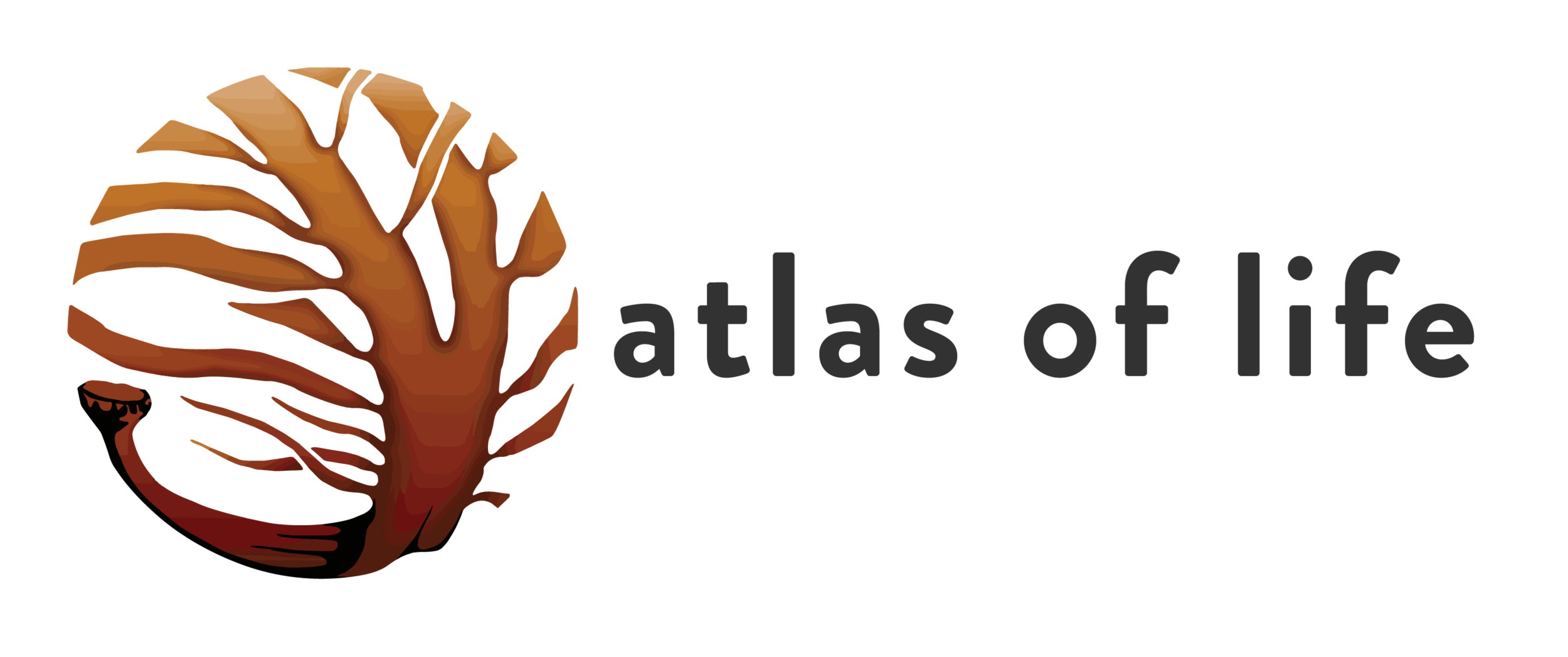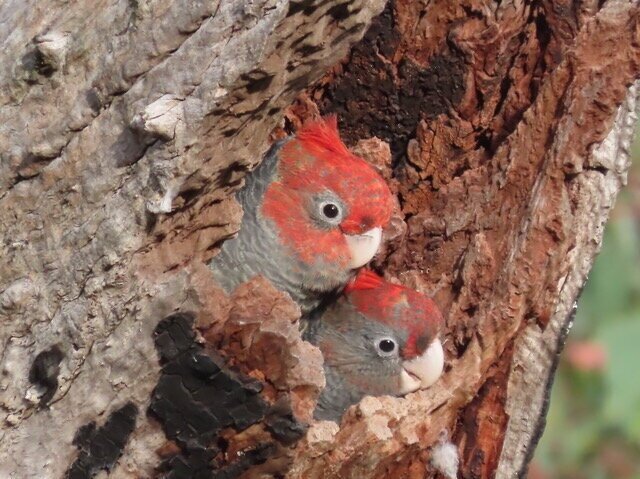Glossy Black and Gang-gang cockatoo research
Glossies in the Mist presentation recording
Gang-gang hollows and nesting research Recording
How to join the Gang-gang nesting SE NSW research project
the glossies in the Mist project
The Glossies in the Mist logo
Photo by Jennie Miles
Millie, Photo by Jennie Miles
Presenters Lauren Hook and Erna Llenore To raise the conservation profile of threatened Glossy black- cockatoos (GBC), the Saving our Species, Glossies in the Mist project provided identification training to the Southern Highlands community and invited citizen scientists to submit sightings of GBCs. Glossies in the Mist (GITM) teamed up with community champions to co-create a photo identification project focusing on cataloguing individual female GBCs using their plumage patterns. This data examines species dynamics and distribution whilst providing an interesting way for the broader community to get involved with GBC conservation.
The Great Western Wildlife Corridor spans the Southern Highlands linking large wilderness areas and falls predominantly on private land. Traditional methods for estimating GBC populations including dam counts and transects were unsuitable in this landscape. The female glossy (flossy) identification project has delivered the most accurate population count with 184 individual females recorded and reached over 455 community members.
GITM built a mobile collector form providing an easy way for the community to submit sightings of GBCs and active habitat. The launch of flossy profile look books amplified awareness and community monitoring.
The Flossy identification project provided interesting post fire data. A flossy named Sunset was photographed in Buxton two days before the fire swept through and again a week later.
Engaging citizen scientists to run the Flossy project has extended the reach of GITM, increasing our species knowledge whilst engaging the community in GBC research and habitat conservation.
Lauren Hook is an ecologist and Saving our Species, Threatened Species Officer working with the Department of Planning, Industry and Environment. Lauren enthusiastically manages a suite of diverse threatened flora and fauna in the Illawarra and Southern Highlands.
Erna Llenore is a member of Birdlife Australia Southern Highlands and a volunteer with the Glossies in the Mist project. She’s a passionate believer in the value of data collection by citizen scientists.
Photo Kerri-Lee Harris
GANG-GANG COCKATOOS
RECENT RESEARCH ON HOLLOW AND NESTING BEHAVIOUR AND GLOSSIES IN THE MIST - STORIES AND RESEARCH FINDINGS FROM THIS SUCCESSFUL PROJECT
The Gang-gang has recently been nominated as a nationally endangered species with an average 69% decline in reporting rates over the last three decades. A citizen science project started in 2017 to find out more about Gang-gang nesting hollows as at that time, only two active hollows were known in the ACT. Much valuable information has been gathered and will inform conservation and nest-tube design. Michael and Tracey will share their findings and invite you to join in a wider scale project. READ MORE ABOUT COCKATOOS
Glossy black-cockatoos are one of the more threatened species in NSW and, like the gan-gangs, are identified in the Save Our Species project to find out more about them and use that knowledge to create conservation policies. Glossies in the Mist is a citizen science project in Wingecarribee Shire identifying key feeding trees and nesting hollows READ MORE about Glossies
Dr Michael Mulvaney is an ex-government ecologist who worked for the ACT, NSW and the Commonwealth. He is one of the supervisors of the Canberra Gang-gang project and has been involved in several other citizen science projects dealing with fire and orchid occurrence, competitor and predator interactions at Superb Parrot nest hollow entrances, the occurrence and ecology of the Small-ant Blue Butterfly and matching caterpillars to adult moth species.
Stacey Taylor is a Senior Conservation Officer with the ACT Government. She coordinates the National Gang-gang Working Group, which includes many researchers, community members and local and state government representatives with a keen interest in the conservation of the species. With support from the ACT Government, Stacey is also embarking on a postgraduate research project to better understand the ecology of Gang-gangs within the ACT.
Photo by Roy McDowall
Photo by Roy McDowall
Photo Leo Berzins







